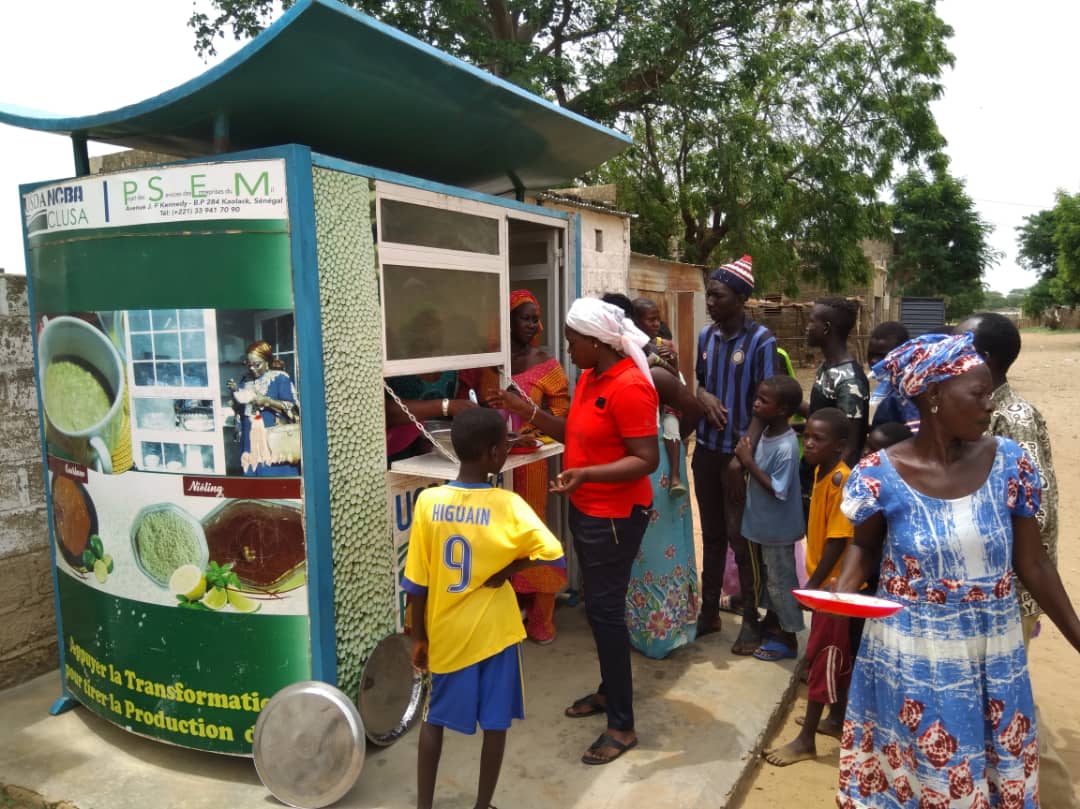AGRUPAR could well serve as a model for other cities and form the basis for a national policy on local production.
CONQUITO has favoured observation tours and exchanges of experiences as well as transfer of methodologies, including among ministries and NGOs, for example the Ministry of Agriculture, Livestock, Aquaculture and Fisheries and the Peace Corps.
Since 2015, AGRUPAR contributed to both the City Region Food Systems Project of FAO and the RUAF Foundation, which evaluated Quito’s food system. As a result, AGRUPAR staff decided to work towards a food policy for the city in a more systemic sense, within which urban agriculture is a strategic activity.
Over its 16 years of existence, AGRUPAR has achieved impressive results. These results helped to make it an international well-known example of exemplary urban participatory agriculture and serve now as benchmark for all others that follow their path.
